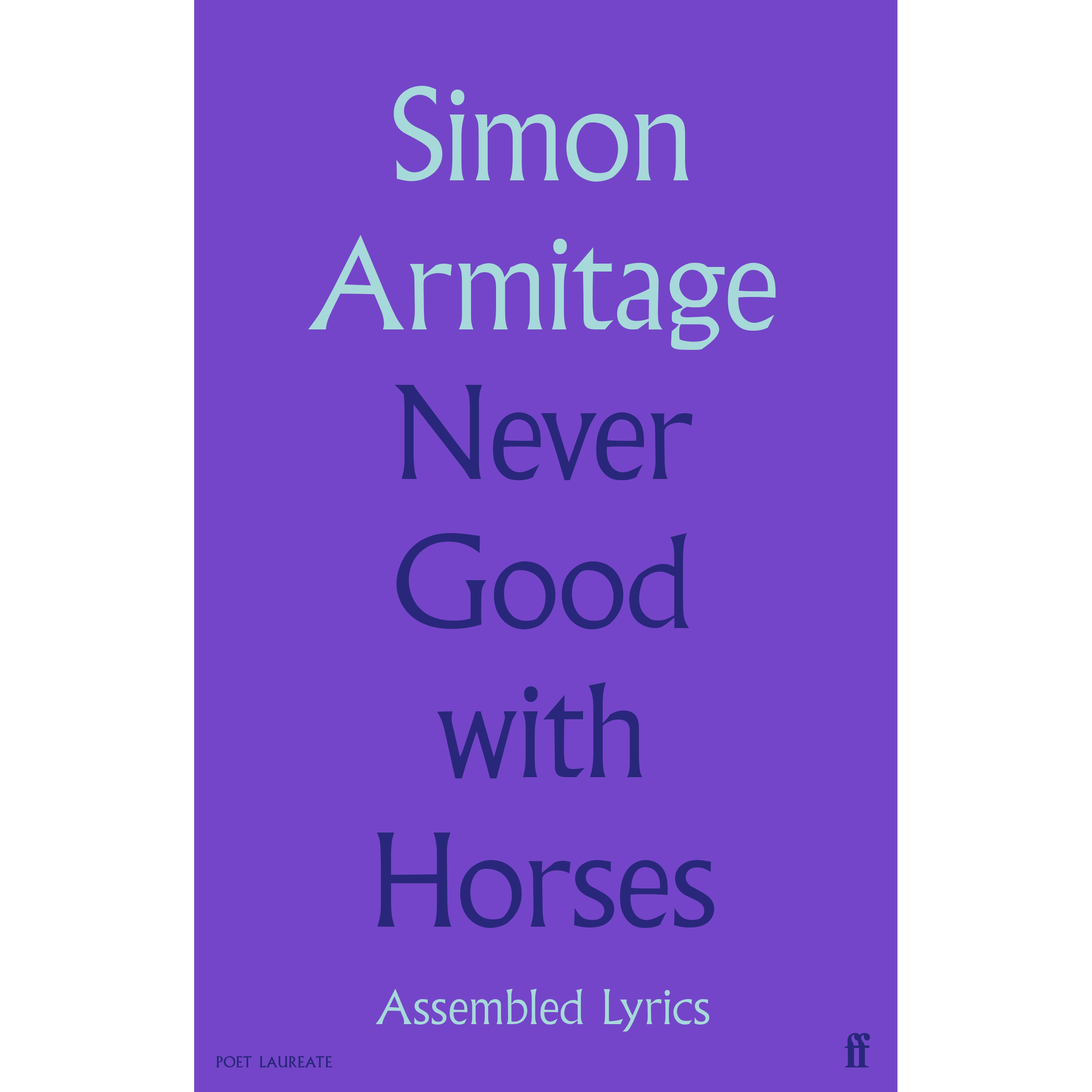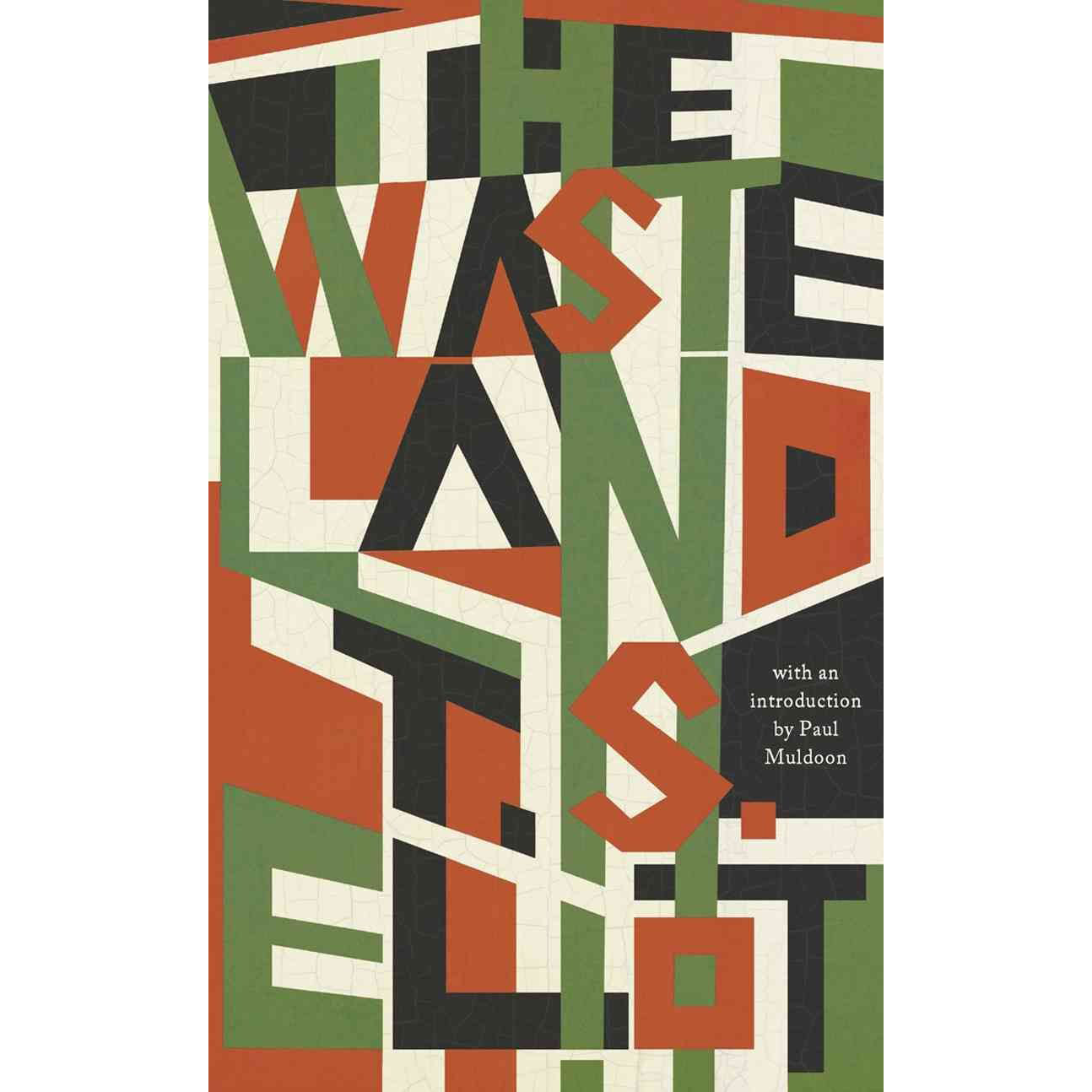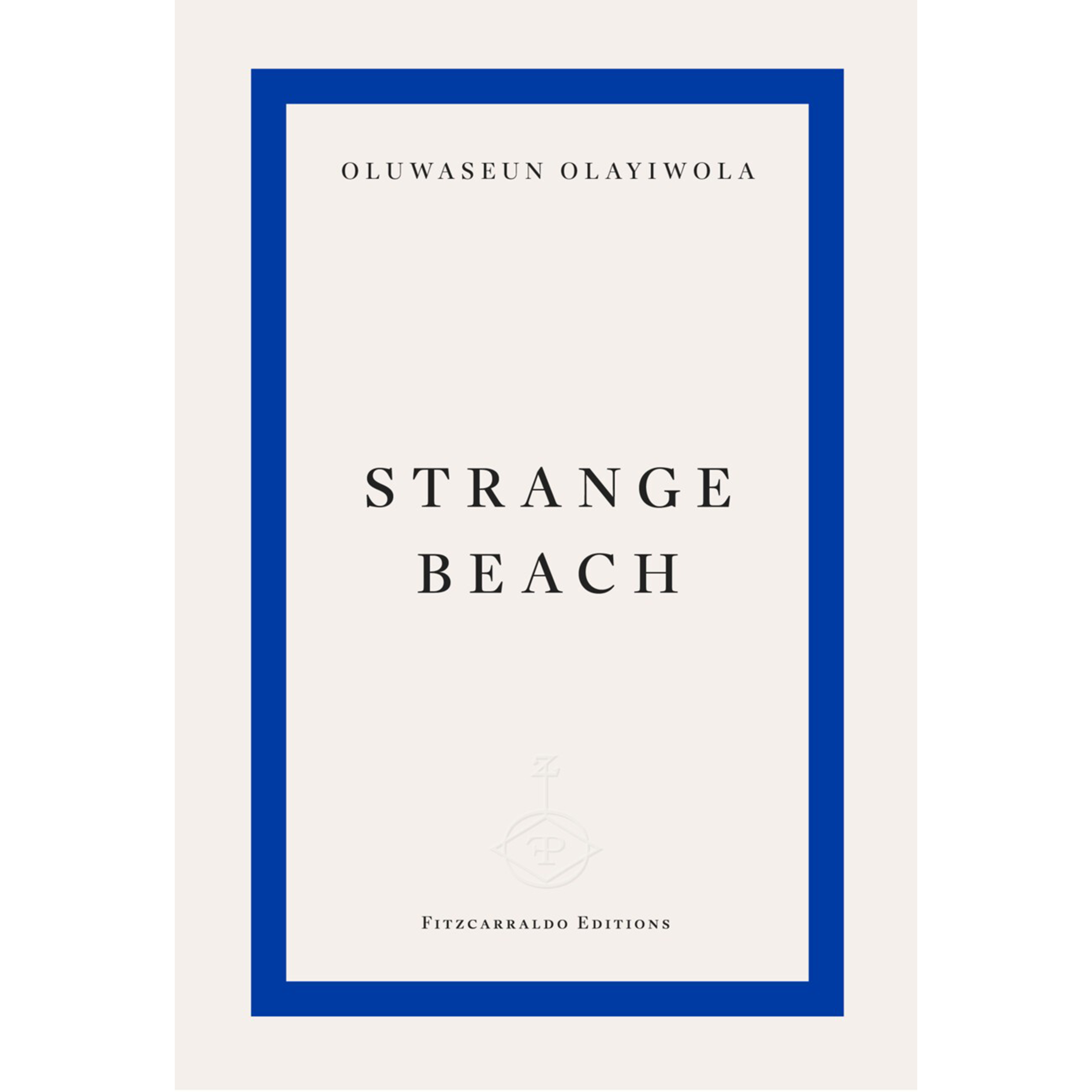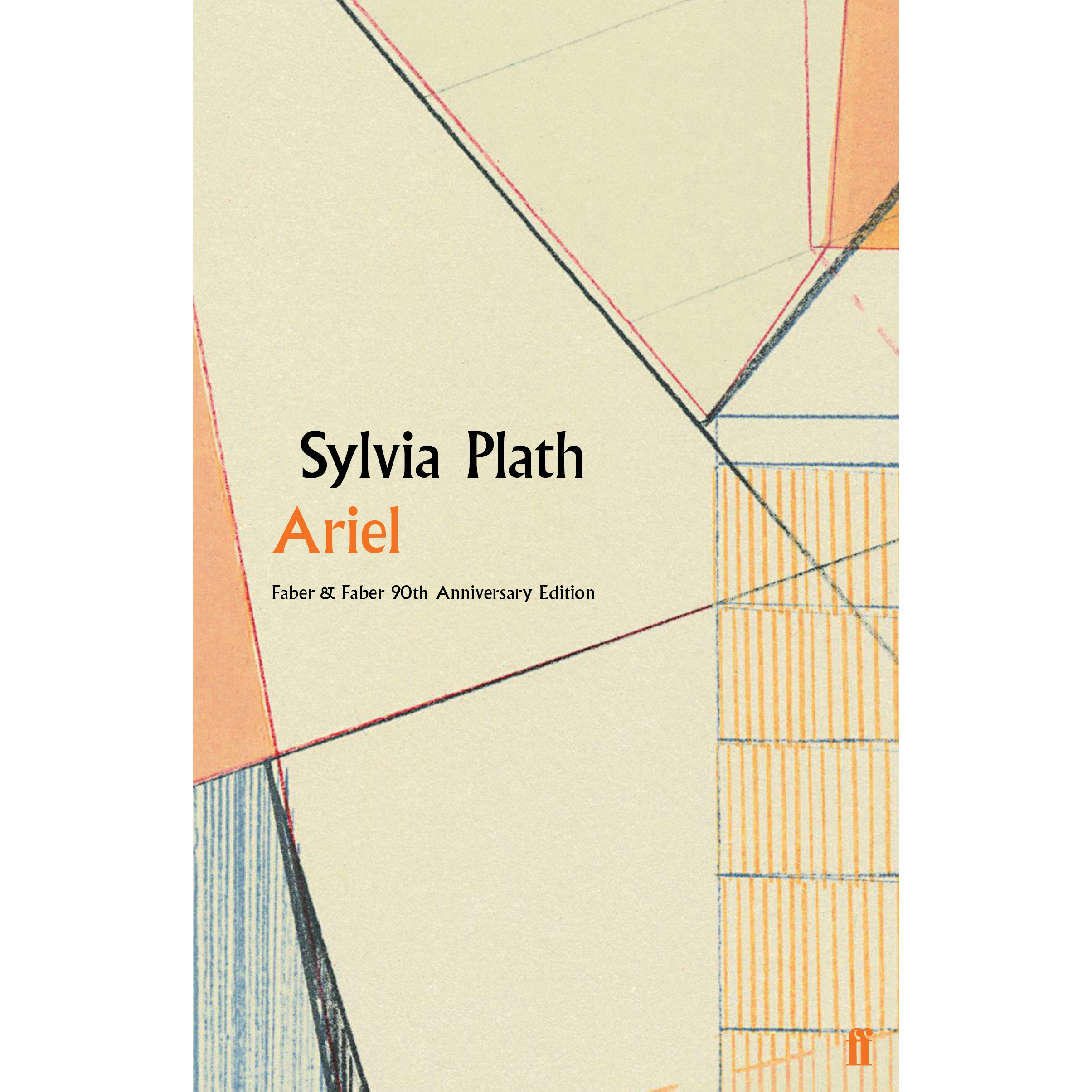Killing Kanoko / Wild Grass on the Riverbank
Killing Kanoko / Wild Grass on the Riverbank | By Hiromi Itō
A landmark dual collection by Ito Hiromi, one of the most important contemporary Japanese poets, in a “generous and beautifully rendered” translation by Jeffrey Angles.
Now widely taught as a feminist classic, Killing Kanoko is a defiantly autobiographical exploration of sexuality, community, and postpartum depression, featuring some of Ito’s most famous poems.
Set simultaneously in the California desert and Japan, Wild Grass on the Riverbank focuses on migration, nature, and movement. At once grotesque and vertiginous, this later collection interweaves mythologies, language, sexuality and place into a genre-busting narrative of what it is to be a migrant.
Killing Kanoko / Wild Grass on the Riverbank | By Hiromi Itō
A landmark dual collection by Ito Hiromi, one of the most important contemporary Japanese poets, in a “generous and beautifully rendered” translation by Jeffrey Angles.
Now widely taught as a feminist classic, Killing Kanoko is a defiantly autobiographical exploration of sexuality, community, and postpartum depression, featuring some of Ito’s most famous poems.
Set simultaneously in the California desert and Japan, Wild Grass on the Riverbank focuses on migration, nature, and movement. At once grotesque and vertiginous, this later collection interweaves mythologies, language, sexuality and place into a genre-busting narrative of what it is to be a migrant.
Killing Kanoko / Wild Grass on the Riverbank | By Hiromi Itō
A landmark dual collection by Ito Hiromi, one of the most important contemporary Japanese poets, in a “generous and beautifully rendered” translation by Jeffrey Angles.
Now widely taught as a feminist classic, Killing Kanoko is a defiantly autobiographical exploration of sexuality, community, and postpartum depression, featuring some of Ito’s most famous poems.
Set simultaneously in the California desert and Japan, Wild Grass on the Riverbank focuses on migration, nature, and movement. At once grotesque and vertiginous, this later collection interweaves mythologies, language, sexuality and place into a genre-busting narrative of what it is to be a migrant.






